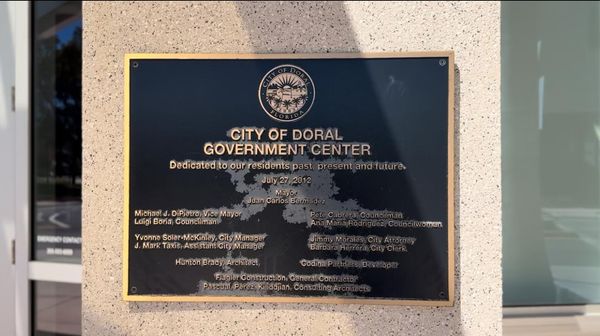
The ongoing wildfires in Los Angeles have triggered a housing crisis, with displaced residents scrambling to find shelter as rents soar. Some property managers and homeowners are raising prices well beyond the 10% cap allowed during a state of emergency, fueling concerns of price gouging.
Forced from his Pacific Palisades home by the recent fires, Joe Thompson discovered a five-bedroom home in Santa Monica listed for $28,000 per month — more than double the previous year's rate, as reported by NBC News. The agent was asking for three months' rent up front and had already received multiple applications. Though Thompson's home survived the fires, its future remains uncertain, leaving him and his family among thousands searching for housing in an already-tight market.
A review of Zillow listings and interviews with real estate agents and housing advocates reveals widespread reports of rental price hikes that violate California's emergency price gouging law. Authorities are urging residents to report suspected gouging to the state Attorney General's Office. State Assemblymember Jacqui Irwin condemned the price increases in a news conference on Sunday, calling them "unacceptable and illegal."
This trend mirrors a common pattern after natural disasters, where rents spike as demand outpaces supply. Magdaleno Rosales, an organizer with the Los Angeles Tenants Union, reported more than 450 tips about price gouging, some indicating increases of more than 100%.
For many residents, the increased rents are beyond their means, and the housing crisis worsens for working-class renters. Many who were displaced are now seeking smaller, less expensive homes, but the options are scarce. Some prospective tenants are facing waiting lists, bidding wars, or being asked to pay up to a year's rent in advance.
In total, the wildfires have destroyed over 12,300 structures and scorched more than 40,000 acres. Multiple wildfires, including the devastating Palisades and Eaton blazes, continue to burn across the region.
A wide range of people, from working-class renters to wealthy homeowners, have been affected by the disaster. Approximately 92,000 people in Los Angeles County were under evacuation orders as of Monday morning. While many are staying with friends or in hotels, the need for long-term housing is growing.
In addition to the housing crisis, LA residents are grappling with significant challenges related to homeowners insurance. As many insurance companies withdraw from high-risk areas, securing adequate coverage has become increasingly difficult. Early estimates from insurance industry analysts suggest that the total losses could reach as much as $13 billion. This analysis was provided by Artemis, a data and analysis service focused on catastrophe bonds, insurance-linked securities, and reinsurance capital.
But analyst and research firms have been raising their estimates for insured losses, with the majority now suggesting a loss in the range of $15 billion to $25 billion, while some opt for a higher figure approaching $30 billion.
In July, State Farm dropped approximately 1,600 policies in Pacific Palisades, according to CBS MoneyWatch, citing Michael Soller from the California Department of Insurance. Other major insurers, including Allstate and Farmers Insurance, have followed suit, exacerbating the situation.
In 2024, about 1,400 of the 9,000 homes in the area were covered by the California Fair Access to Insurance Requirements Plan (FAIR Plan), a state-backed program providing basic fire insurance coverage for properties that traditional insurers won't cover. This represents a significant increase from 2020, when fewer than 1 in 7 homeowners relied on the FAIR Plan.
For many residents, shifting to the FAIR Plan is not a simple solution. While it provides essential fire insurance, it often comes with higher premiums and limited coverage, leaving homeowners vulnerable in the event of another disaster. This leaves homeowners in Pacific Palisades and similar neighborhoods with few options as they struggle to rebuild after the fires. State Farm, along with other private insurers, has said that its priority is assisting customers impacted by the current fires. However, as these insurance companies continue to retreat from high-risk areas, the burden falls on homeowners, many of whom are now left with inadequate coverage or the inability to afford it at all.
© 2024 Latin Times. All rights reserved. Do not reproduce without permission.









